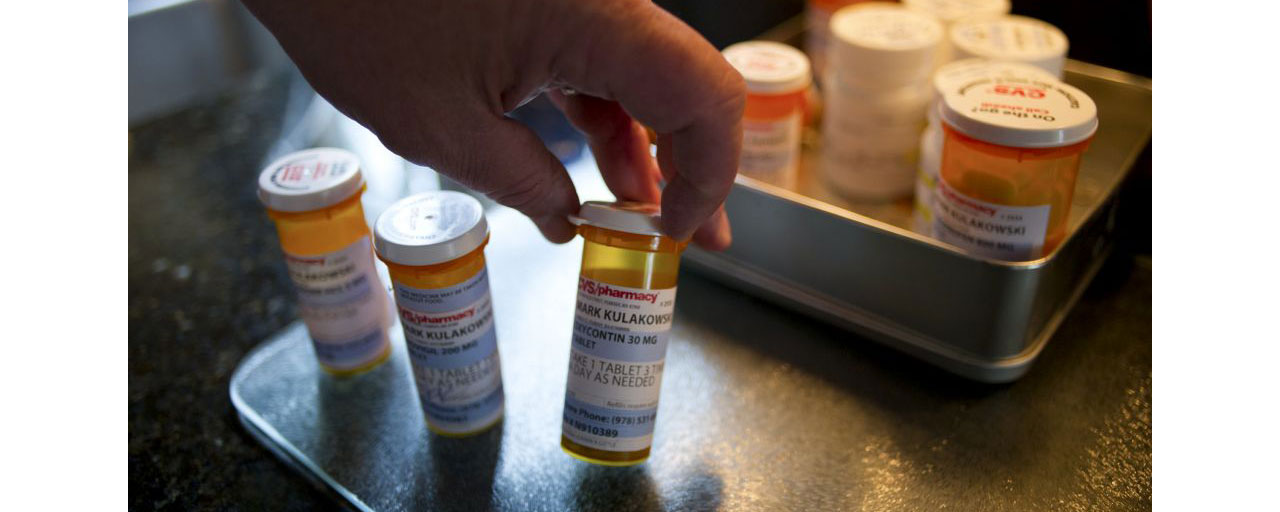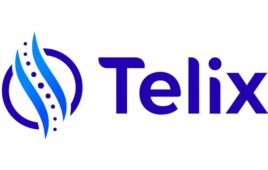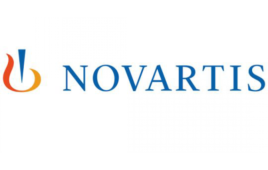
Filling a prescription is no longer the simple errand you run after a doctor visit.
With drug prices rising and insurance coverage shrinking, it pays to ask questions and do a little research before handing over your insurance card at the pharmacy counter. Having coverage offers no guarantee that you’re getting the best price for your medicine.
Customers of CVS and Walgreens brought that concern to light earlier this month when they sued the drugstore chains over prices paid for generic prescriptions. The lawsuits accuse the companies of charging insured patients more for generic drugs than what people pay without coverage. It also says the drugstores don’t tell insured patients about the cheaper option.
CVS and Walgreens reject the claims and promise to fight them.
Before you fill your next prescription, consider these steps to help find the best possible price.
Talk to Your Doctor
Start a habit of asking your doctor about prices whenever you get a new prescription.
If you have insurance, bring information about your formulary, or list of covered drugs, to your visit. Your doctor deals with many different insurers and may not know the costs tied to your coverage. The list can tell your doctor how your treatment or any alternatives might be covered, said AARP drug pricing expert Leigh Purvis.
Do Some Research
Approach prescription buying like car shopping. You don’t want to do it without some idea of the prices in your market.
Websites like GoodRx and WeRx can show how drug prices without insurance will vary by store. Knowing what’s in the market helps you tell quickly if your favorite drugstore is pricey.
“When we talk about the price of a drug, it’s sort of an arbitrary estimate instead of a hard-and-fast rule,” said Caitlin Morris of the advocacy group Families USA.
When comparing costs online, note that some websites may show the cash price without insurance while others only show the cost if you use one of their coupons.
Quiz the Pharmacist
The best deal you can get may be the price you pay through insurance. This is especially true with brand-name drugs. The price without insurance for those is typically much more expensive than the co-payment or deductible you pay with coverage.
However, most prescriptions filled are generic and the cash price for those drugs may be cheaper than what a person would pay through insurance, depending on your plan.
Ask the pharmacist what your prescription will cost based on your coverage before you have it filled. If the price is too high, ask what it would cost without coverage.
If your research turned up a lower price elsewhere, ask your pharmacist if they would match that price. The drugstore also may offer a discount program.
Pharmacists in some states can substitute a brand-name drug for a cheaper generic. But check first with your doctor about how that may affect your treatment.
Understand the Risks
Paying cash for prescriptions comes with some side effects.
Those costs won’t help you reach your insurance plan’s annual deductible or out-of-pocket maximum, after which the insurer picks up more of the bill.
Paying cash or using different drugstores for the best price also means that your insurer or your regular pharmacist won’t be monitoring to make sure your medicines don’t conflict and cause a bad reaction. That responsibility will fall largely on you, especially if you have more than one doctor.
If a prescription is still too expensive after all your research and negotiating, you can walk away and not pay for it. But doing so won’t help you get better and it could make your condition more expensive to treat later on.
(Source: Associated Press)




